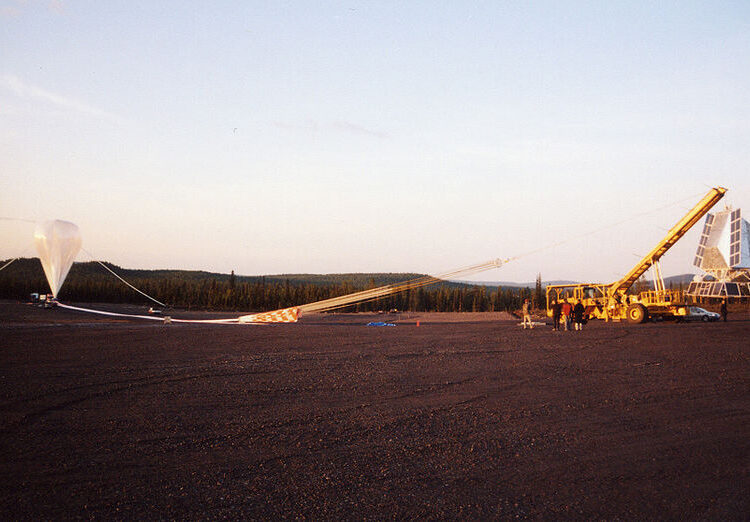Test pilots generate reference sonic booms using fighter jets
- NASA simulates sonic thumps for X-59 supersonic jet
- Test pilots use F/A-18 and F-15 jets to generate reference sonic booms
- X-59’s sonic boom is projected to be similar to a car door slamming
- Jets perform inverted dives to produce softer sonic booms for comparison
- Tests validate upgraded ground recording systems and collect weather data
- X-59 testing aims to collect data on quieter sonic boom and public perception
- NASA plans to use data to potentially amend regulations on supersonic travel
- X-59’s unique geometry helps reduce sonic boom intensity
- X-59 uses forward-facing camera and augmented reality display for pilot vision
- X-59 designed to reach Mach 1.4 with a single engine
NASA’s new X-59 supersonic jet, the ‘Quesst’, is expected to produce a sonic boom similar to a car door slamming. To record equivalent sonic booms for reference, test pilots flew NASA’s F/A-18 and F-15 jets over a system of microphones installed across the desert. By performing inverted dives, the jets produced ‘softer’ sonic booms to compare against those expected from the X-59. These tests validated upgraded ground recording systems and collected weather data. The X-59 testing campaign aims to collect data on the quieter sonic boom and public perception, potentially leading to changes in regulations on supersonic travel. The X-59’s unique geometry and forward-facing camera system help reduce sonic boom intensity and provide pilot vision. With a single engine, the X-59 is designed to reach Mach 1.4.
Public Companies: NASA (N/A), General Electric Aviation (N/A)
Private Companies:
Key People: N/A (N/A)
Factuality Level: 8
Justification: The article provides detailed information about the testing process and the purpose of recording sonic booms. It includes quotes from NASA and describes the specific aircraft used for the tests. The article also mentions the potential benefits of supersonic overland flight and the unique features of the X-59 supersonic jet. Overall, the article appears to be well-researched and provides factual information.
Noise Level: 7
Justification: The article provides information about NASA’s testing of sonic booms for the X-59 supersonic jet. It explains the purpose of the tests, the methods used, and the potential implications of the research. The article stays on topic and provides some scientific information about the X-59’s unique design. However, it lacks in-depth analysis or critical questioning of the project’s goals or potential drawbacks. It also does not provide much evidence or data to support its claims. Overall, the article is informative but lacks depth and rigor.
Financial Relevance: No
Financial Markets Impacted: No
Presence of Extreme Event: No
Nature of Extreme Event: No
Impact Rating of the Extreme Event: No
Justification: The article does not pertain to financial topics and does not describe any extreme events.
 www.space.com
www.space.com 





